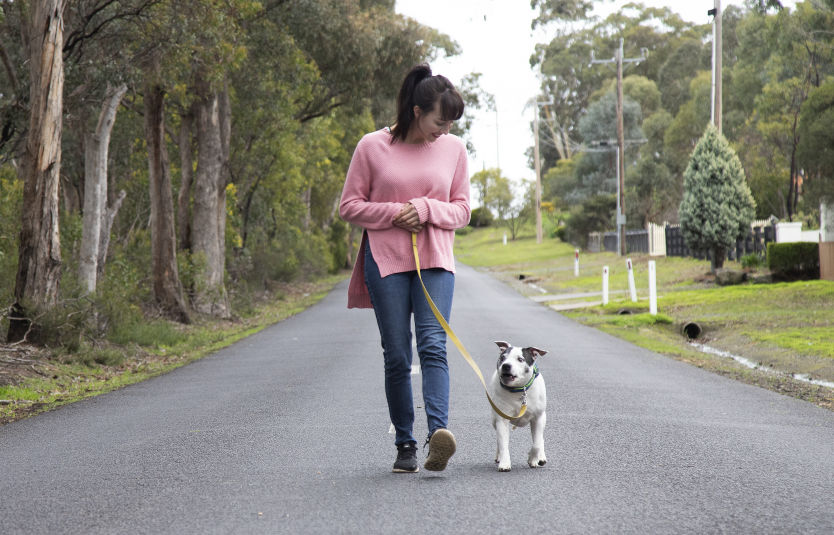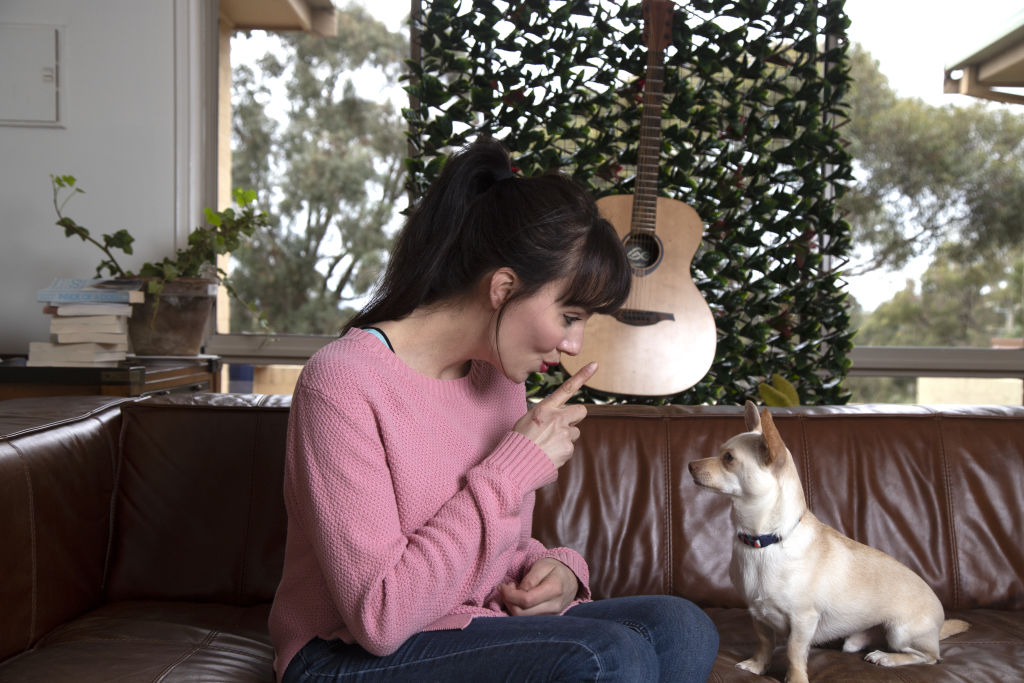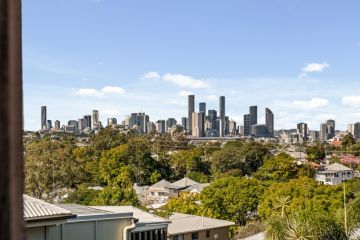Six ways to prevent your dog having separation anxiety

Each year, I counsel people and their dogs through one of the most common issues in canine behaviour. Separation anxiety is not only quite common, it can also be emotionally and physically debilitating for dogs. The reason why it is common comes down to two reasons:
First, dogs have been bred to be close companions. The more connected to us, the more we seem to reinforce it.
Second, our lifestyles have changed dramatically. Dogs seem to be spending more time on their own and have less time bonding with us. And, the time we spend with them often inadvertently reinforces their insecurity. Life in 2019 is not particularly conducive to producing a calm and confident hound.
The signs of separation anxiety can be devastating, from howling and digging, to escaping and breaking through windows. I see this condition as a major welfare concern that is distressing for the dog and the owner. It is critical to recognise the signs and, where possible, prevent the causes of separation distress before the trouble begins.

What to look for
If your dog displays any of the following, consult with a behaviourist.
- Panting and vocalising when alone, or upon your departure
- Destructive behaviour such as door scratching and destroying items
- Escaping
- Urinating or defecating out of their regular routine
- Trembling and being unsettled
- Not eating or drinking in your absence
HOW TO PREVENT SEPARATION ANXIETY
- Discourage needy behaviours. Offer high-value food in your absence and gradually increase the time it takes for you to return. Begin with five seconds and work your way up.
- Teach your dog to use their safe place. This is a bed and location that is warm, comfortable and associated with positivity. For example, your dog may sleep there, go there when they are unsure, and even receive high value treats there. It needs to be a place they choose, rather than a place they are forced to.
- Exercise your dog’s mind as often as you can. Five minutes of trick training here and there or obedience work for their daily food intake can help to alleviate anxiety.
- Exercise your dog physically as much as you can. Ideally, a dog should be exercised twice a day and at the pace and energy level they can tolerate. A greyhound may find 30 minutes a day sufficient, but a kelpie may need two 10-kilometre runs.
- Leave much higher value food and toys out when you are not home.
- Install a camera and watch your dog’s behaviour when you are not home. This will give you an idea of their emotional state and if your strategies are working for them.
Be mindful of your dog’s emotions and what causes them to feel worried. The more we think from our dog’s point of view, the more we can help them.
Laura V is a pet behaviourist and dog trainer. Her new book The Rescue Dog is out now (Penguin).
We recommend
States
Capital Cities
Capital Cities - Rentals
Popular Areas
Allhomes
More







